Egon Wellesz: Chamber Music
In its mix of tonality, Expressionism and Schoenbergian serialism, the late chamber music of Egon Wellesz (1885–1974) – born in Vienna but an Oxford don for almost four decades – marries the mid-century radicalism of his native city with the lyricism of his adoptive homeland. In the first part of his career Wellesz was best known as a composer of operas, and these chamber works were audibly written by someone with a keen sense of drama: in their primal passion, flawless pacing, arching melodic lines and occasional bursts of humour, one can almost imagine them on stage.
Veles Ensemble
Hartmut Richter, violin
Ralitsa Naydenova, viola
Evva Mizerska, cello
Gabriela Opacka-Boccadoro, violin (Tracks 9-15)
Peter Cigleris, clarinet (Tracks 13-15)
Listen To This Recording:
- No. 1 Moderato
- No. 2 Scherzando
- No. 3 Largo
- No. 4 Molto tranquillo
- I Molto sostenuto
- II Vivace
- III Adagio
- IV Allegro moderato
- No. 1 Adagio
- No. 2 Agitato
- No. 3 Lento
- No. 4 Allegretto
- I Allegro commodo
- II Adagio
- III Allegro vivace
- No. 1 Energico
- No. 2 Scherzando
- No. 3 Largo
- No. 4 Molto tranquillo
Vier Stücke for String Trio, Op. 105 (1969)
String Trio, Op. 86 (1962)*
Vier Stücke for String Quartet, Op. 103 (1968)
Clarinet Quintet, Op. 81 (1959)
Vier Stücke for String Trio, Op. 105 (1971 revision)
All Except * First Recordings
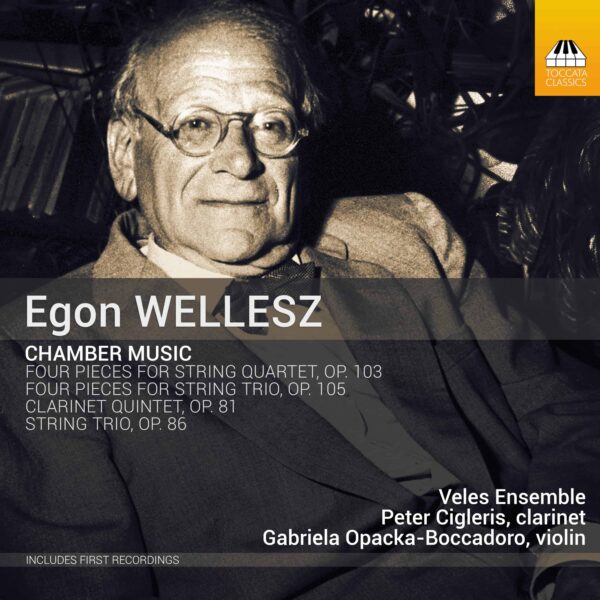
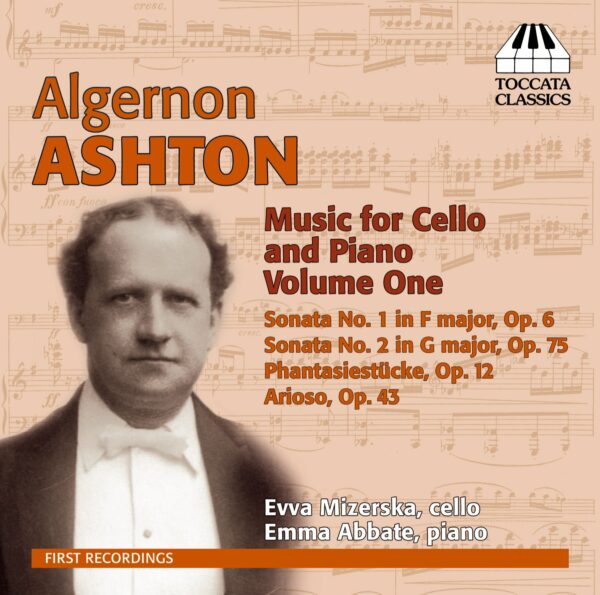
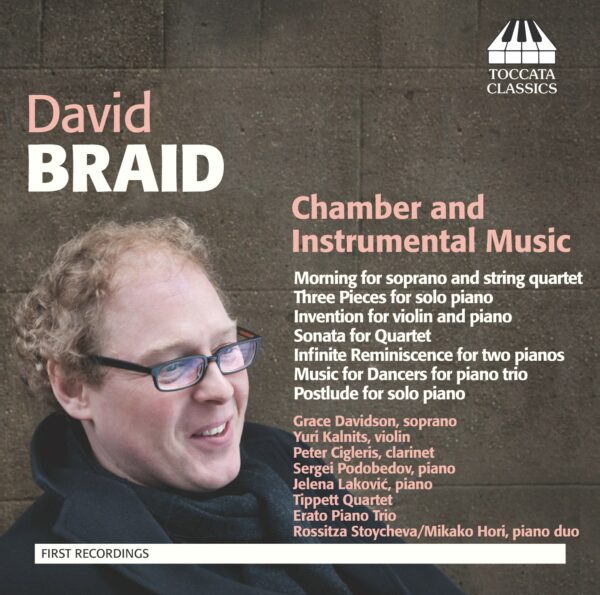
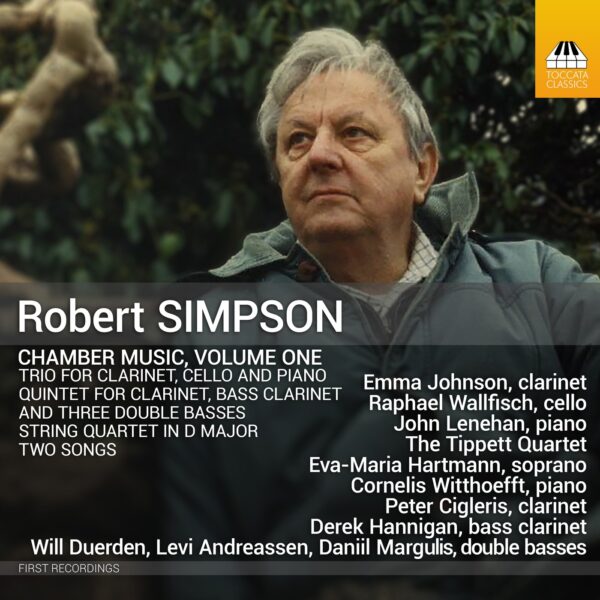
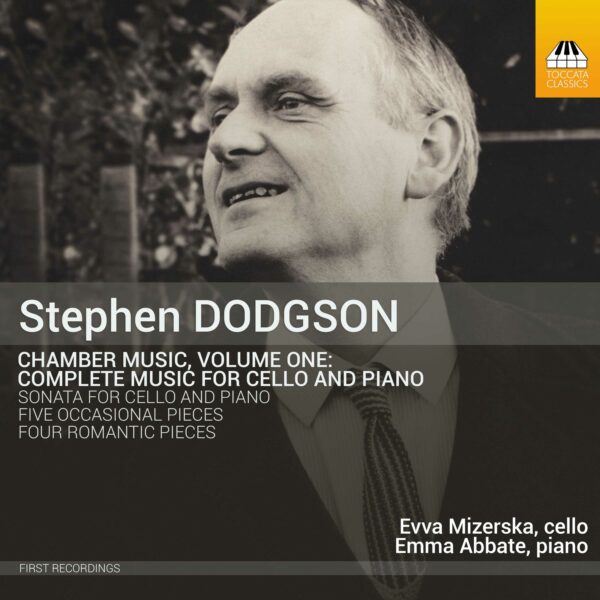
MusicWeb International :
‘If you want to get to know Egon Wellesz, this would be a good place to start – and it is also worth looking out for the disc of choral works mentioned above. These are very fine and technically brilliant performances by musicians who must have been encountering this music for the first time and, as far as it is possible to ascertain, seem to relish the sound world of this fascinating composer.’
—Gary Higginson, MusicWeb International
MusicWeb International :
‘This collection does Wellesz’ music proud and fills another gap in the musical history of the last century. The quality of the music reminds us how much got overlooked during that strange partisan era that now needs reclaiming. The performances take us deep into Wellesz’ sound world which is a dark but gripping place.’
—David McDade, MusicWeb International
The Guardian :
‘Toccata Classics’ collection of Wellesz’s chamber music, idiomatically played by the Veles Ensemble, […]. It’s a sequence of wonderfully spare, atonal miniatures, in which not a note is wasted, and in which the links to Schoenberg’s world are always clear.’
—Andrew Clements, The Guardian
BBC Music Magazine :
‘You can hear both Austrian expressionism and English pastoralism in these late works, played with extraordinary sensitivity by the Veles Ensemble and friends.’
—BBC Music Magazine, April 2023
Klassisk Musikk :
‘Fem av de sene kammermusikkverkene er samlet på denne velkomne og banebrytende platen fra Toccata Classics, sentrert rundt den alltid driftige Veles String Trio. […]
Den polsk-fødte fiolinisten Gabriela Opacka-Boccadoro tilslutter seg imponerende sømløst ensemblet i denne fantastisk overbevisende musikken, mens Peter Cigleris forståelig nok blir mer fremtredende i det tidligste verket, Klarinettkvintetten fra 1959. Hvis du ikke kjenner Wellesz’ musikk er kanskje kvintetten det beste stedet å begynne. […] Men hvert verk på platen følger sin individuelle uttrykksmessige bane, der alle har den samme blandingen eller sammenstillingen av alvor, lyrikk og humor. Fremførelsene er omtrent så ideelle man kan ønske seg, med lys og klar lyd. Anbefales.’
English transalaion:
‘Five of the late chamber music works are collected on this welcome and groundbreaking disc from Toccata Classics, centred around the ever-enterprising Veles String Trio. […]
Polish-born violinist Gabriela Opacka-Boccadoro joins the ensemble impressively seamlessly in this wonderfully compelling music, while Peter Cigleris understandably becomes more prominent in the earliest work, the Clarinet Quintet from 1959. If you are not familiar with Wellesz’s music, the quintet is perhaps the best place to start. […] But each work on the disc follows its own individual expressive trajectory, each with the same mix or juxtaposition of seriousness, lyricism and humour. The performances are about as ideal as one could wish for, with a bright and clear sound. Recommended.’
—Guy Rickards, Klassisk Musikk